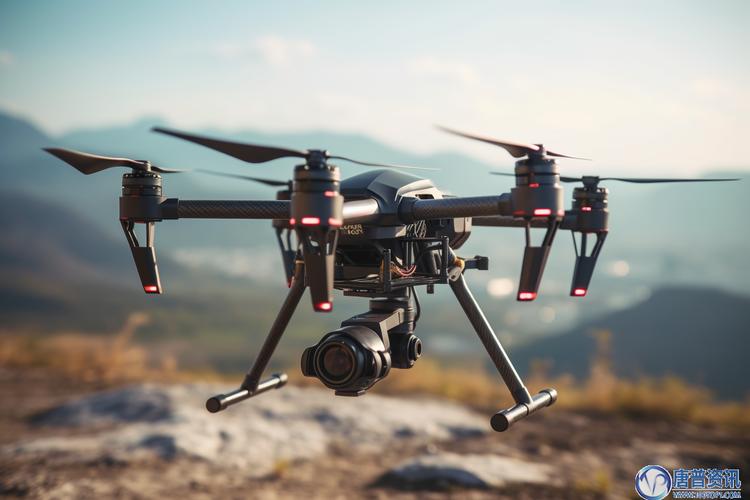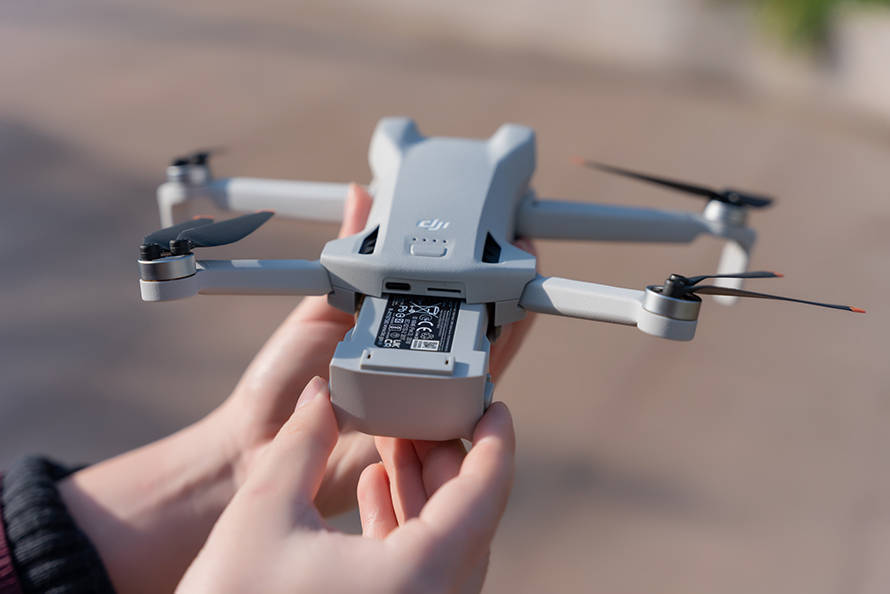In the realm of aerial surveillance, Flir Drone technology is revolutionizing the way we perceive and interact with our world. With cutting-edge thermal imaging capabilities, these drones are at the forefront of advancements, providing unmatched precision and clarity for various applications. Whether for search and rescue missions, wildlife monitoring, or security enforcement, Flir drones are transforming the landscape of aerial data collection. As we delve deeper into understanding their immense potential, it’s paramount to explore their multifaceted applications and how they stand as a beacon of technological progress.
The Evolution of Drone Surveillance
Drones have rapidly evolved from mere recreational gadgets to sophisticated tools capable of complex operations. The integration of Flir technology has been a game-changer, equipping drones with the ability to see through darkness and adverse weather conditions. Thermal imaging sensors detect heat emitted by objects, which can be useful in identifying humans or animals in challenging environments. This capability is particularly beneficial in search and rescue operations, where every second counts, and visibility might be compromised.

Applications in Various Fields
Flir drones are increasingly employed across different sectors. In wildlife conservation, they offer a non-intrusive method to track animal movements and assess their habitats. By observing heat signatures, researchers can gain insights into animal behaviors and population health without disturbing their natural environment. Moreover, in agriculture, these drones contribute to crop management by identifying areas affected by pests or disease, thereby aiding in efficient resource allocation.
Another significant application is in security and defense. The ability to operate in low visibility conditions makes these drones invaluable for border surveillance and public event security management. They can swiftly cover large areas and provide real-time data, assisting law enforcement in maintaining safety and order.
Technological Advancements and Features
Flir drones boast features like advanced thermal resolution, extended flight duration, and enhanced AI algorithms that ensure data precision and reliability. These advancements make drones adaptable to various tasks, enhancing their value in both civilian and commercial sectors. Furthermore, their capability to integrate with existing systems allows for seamless operations without the need for extensive infrastructural changes.
Adjusting to the Future
As drone technology continues to evolve, regulatory frameworks are also adapting to accommodate these innovations. Ensuring compliance with aviation guidelines while advancing drone capabilities is crucial. With Flir Drone technology pushing the envelope, what the future holds is promising, not just in terms of technological capabilities but also the socio-economic impact.
With great power comes great responsibility; thus, ethical considerations must be prioritized in deploying such advanced technology, especially concerning privacy and data security.
FAQs
- What is the range of Flir Drone’s thermal imaging?
The range can vary depending on the model, but generally, Flir drones offer expansive coverage up to several hundred meters, providing detail-rich images in various conditions.
- Can Flir drones be integrated with existing systems?
Yes, most Flir drones are designed for compatibility, allowing seamless integration with existing systems to maximize operational efficiency.
- Are Flir drones suitable for commercial use?
Absolutely, their diverse applications in agriculture, infrastructure inspection, and security make them ideal for various commercial uses.
